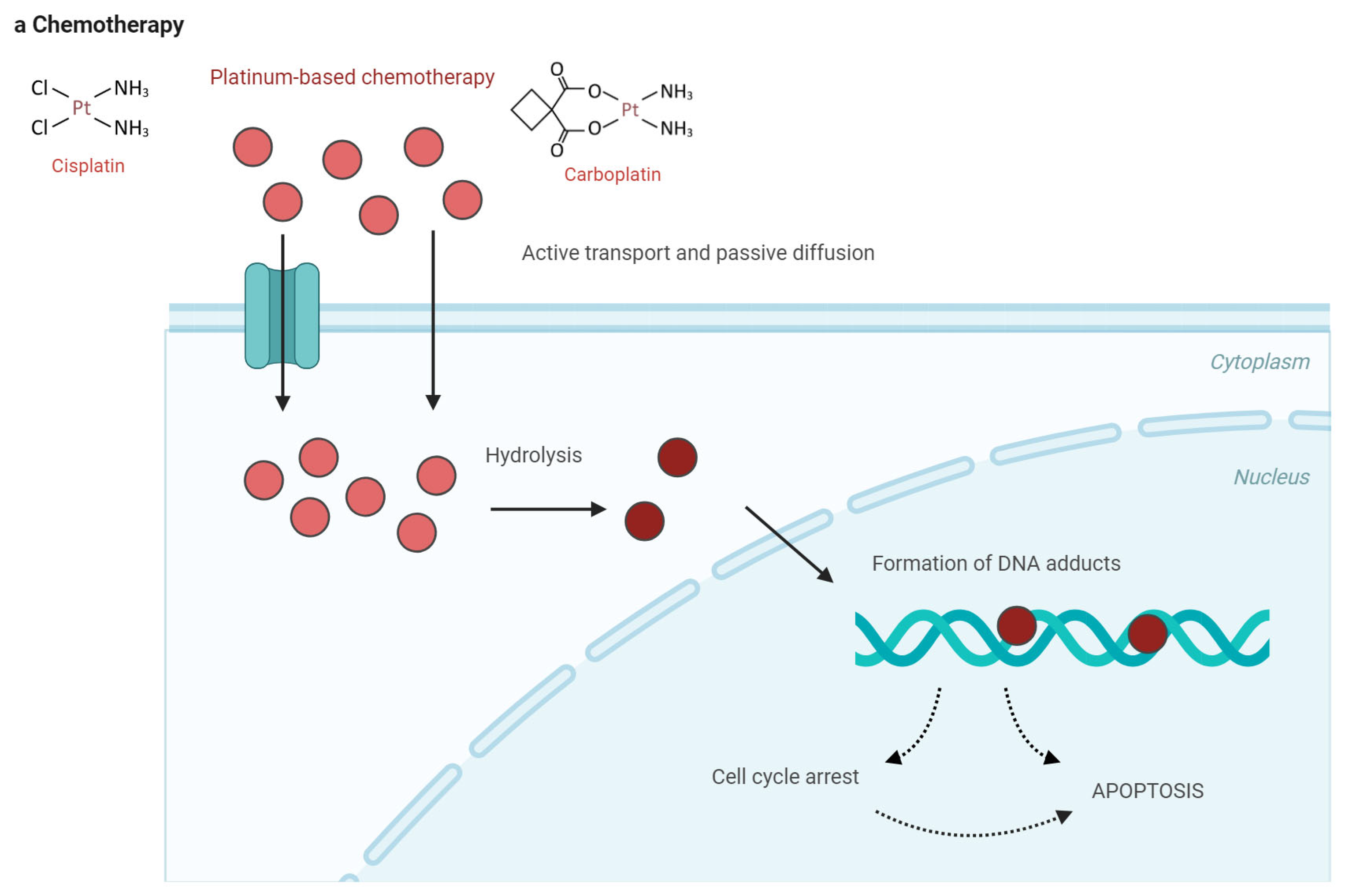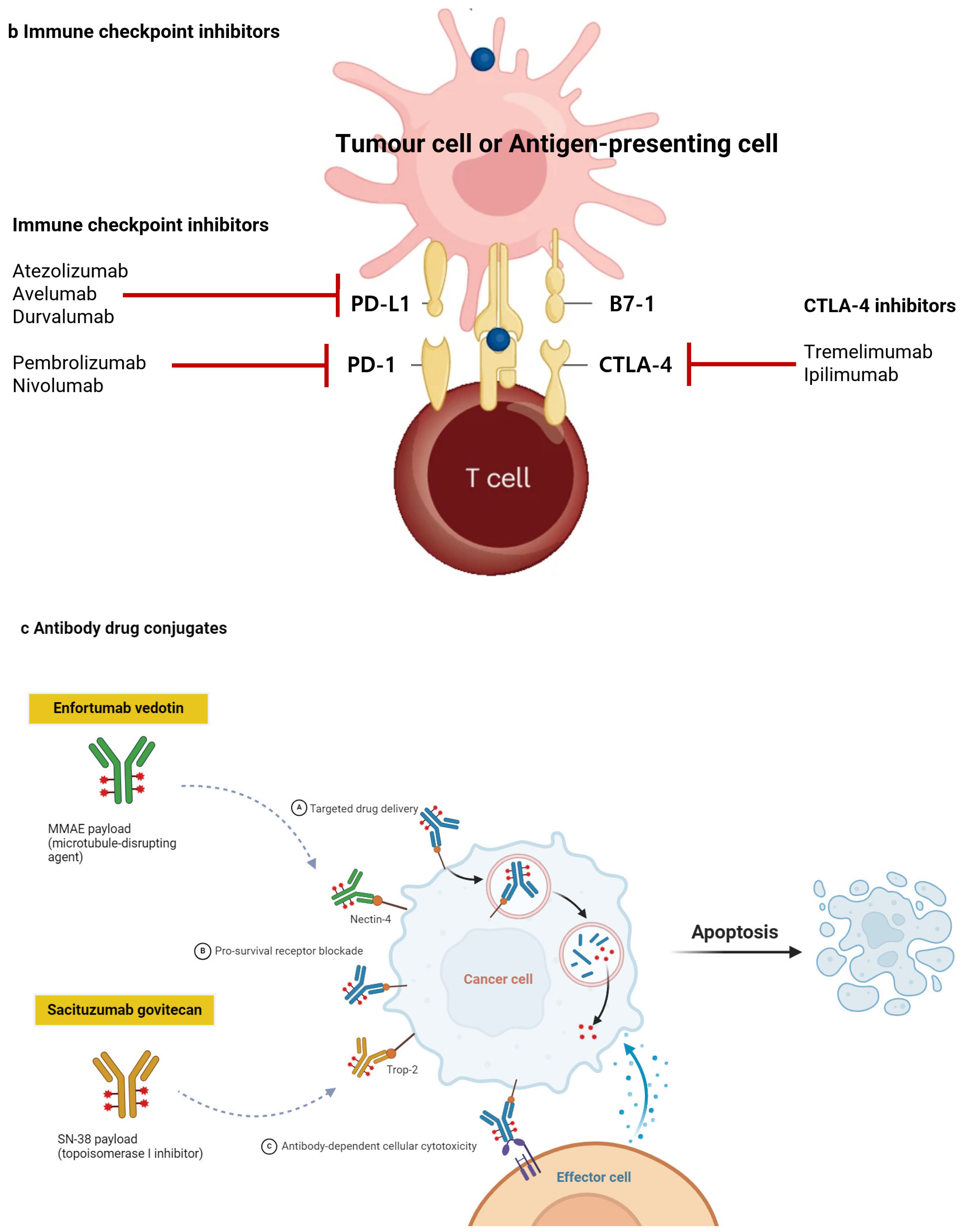Correction: Kwon, W.-A.; Lee, M.-K. Evolving Treatment Landscape of Frontline Therapy for Metastatic Urothelial Carcinoma: Current Insights and Future Perspectives. Cancers 2024, 16, 4078
Error in Figure
Reference
- Kwon, W.-A.; Lee, M.-K. Evolving Treatment Landscape of Frontline Therapy for Metastatic Urothelial Carcinoma: Current Insights and Future Perspectives. Cancers 2024, 16, 4078. [Google Scholar] [CrossRef] [PubMed]


Disclaimer/Publisher’s Note: The statements, opinions and data contained in all publications are solely those of the individual author(s) and contributor(s) and not of MDPI and/or the editor(s). MDPI and/or the editor(s) disclaim responsibility for any injury to people or property resulting from any ideas, methods, instructions or products referred to in the content. |
© 2025 by the authors. Licensee MDPI, Basel, Switzerland. This article is an open access article distributed under the terms and conditions of the Creative Commons Attribution (CC BY) license (https://creativecommons.org/licenses/by/4.0/).
Share and Cite
Kwon, W.-A.; Lee, M.-K. Correction: Kwon, W.-A.; Lee, M.-K. Evolving Treatment Landscape of Frontline Therapy for Metastatic Urothelial Carcinoma: Current Insights and Future Perspectives. Cancers 2024, 16, 4078. Cancers 2025, 17, 2097. https://doi.org/10.3390/cancers17132097
Kwon W-A, Lee M-K. Correction: Kwon, W.-A.; Lee, M.-K. Evolving Treatment Landscape of Frontline Therapy for Metastatic Urothelial Carcinoma: Current Insights and Future Perspectives. Cancers 2024, 16, 4078. Cancers. 2025; 17(13):2097. https://doi.org/10.3390/cancers17132097
Chicago/Turabian StyleKwon, Whi-An, and Min-Kyung Lee. 2025. "Correction: Kwon, W.-A.; Lee, M.-K. Evolving Treatment Landscape of Frontline Therapy for Metastatic Urothelial Carcinoma: Current Insights and Future Perspectives. Cancers 2024, 16, 4078" Cancers 17, no. 13: 2097. https://doi.org/10.3390/cancers17132097
APA StyleKwon, W.-A., & Lee, M.-K. (2025). Correction: Kwon, W.-A.; Lee, M.-K. Evolving Treatment Landscape of Frontline Therapy for Metastatic Urothelial Carcinoma: Current Insights and Future Perspectives. Cancers 2024, 16, 4078. Cancers, 17(13), 2097. https://doi.org/10.3390/cancers17132097





